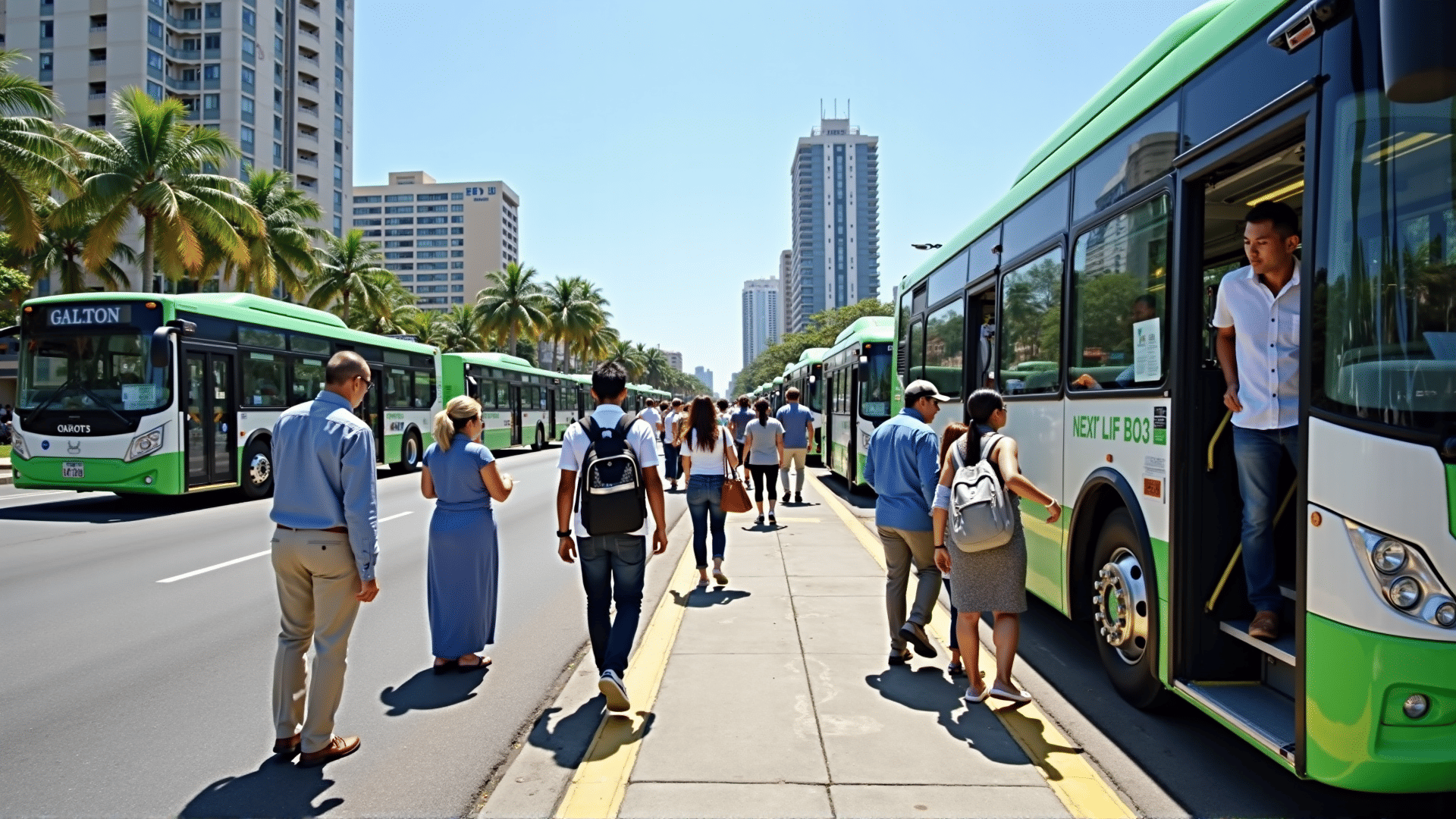In recent years, public transportation systems have started to undergo significant transformations to enhance accessibility and convenience for daily commuters. As urban areas continue to grow, the demand for efficient and user-friendly public transit options has become a pressing need. By addressing this demand, cities can improve the quality of life for residents and reduce the environmental impact of private vehicles.
One of the main advancements in public transportation is the integration of technology to streamline services. Modern bus and train networks are increasingly equipped with real-time tracking systems, allowing commuters to plan their journeys more effectively. Mobile applications provide live updates on arrival times and any service disruptions, thereby minimizing waiting periods and enhancing passenger satisfaction.
In addition to technological upgrades, there is a growing emphasis on expanding coverage to underserved areas. By extending routes and increasing service frequency, transit authorities aim to ensure that even those living on the outskirts of cities can access the transportation network with ease. This expansion not only facilitates mobility for all residents but also encourages greater use of public transport over personal cars, reducing congestion.
Accessibility is another crucial factor being prioritized in these revamps. Many transport systems are upgrading their facilities to include features that assist those with physical challenges. This includes the installation of ramps, elevators, tactile paving, and audio-visual aids in stations and vehicles. By creating an inclusive environment, public transit becomes a viable option for everyone, supporting independent travel across the region.
Moreover, environmental sustainability is at the forefront of public transport enhancements. Cities are investing in eco-friendly solutions, such as electric buses and trains, to minimize emissions. This shift not only helps in reducing air pollution but also promotes a healthier urban ecosystem. Renewable energy sources are also increasingly being used to power stations and support infrastructure, further contributing to sustainable development goals.
Collaboration with local communities is essential to ensure these improvements meet actual needs. Through public consultations and feedback mechanisms, transit authorities are gaining insights into commuter preferences and challenges. This collaborative approach not only builds trust but also results in a system that reflects the needs of its users.
In summary, the transformation of public transportation systems is well underway, with a focus on improving accessibility, incorporating technology, expanding service areas, and reducing environmental impact. These efforts are crucial for creating a more efficient, sustainable, and inclusive transit network that can support growing urban populations and provide all commuters with a reliable and pleasant travel experience.
